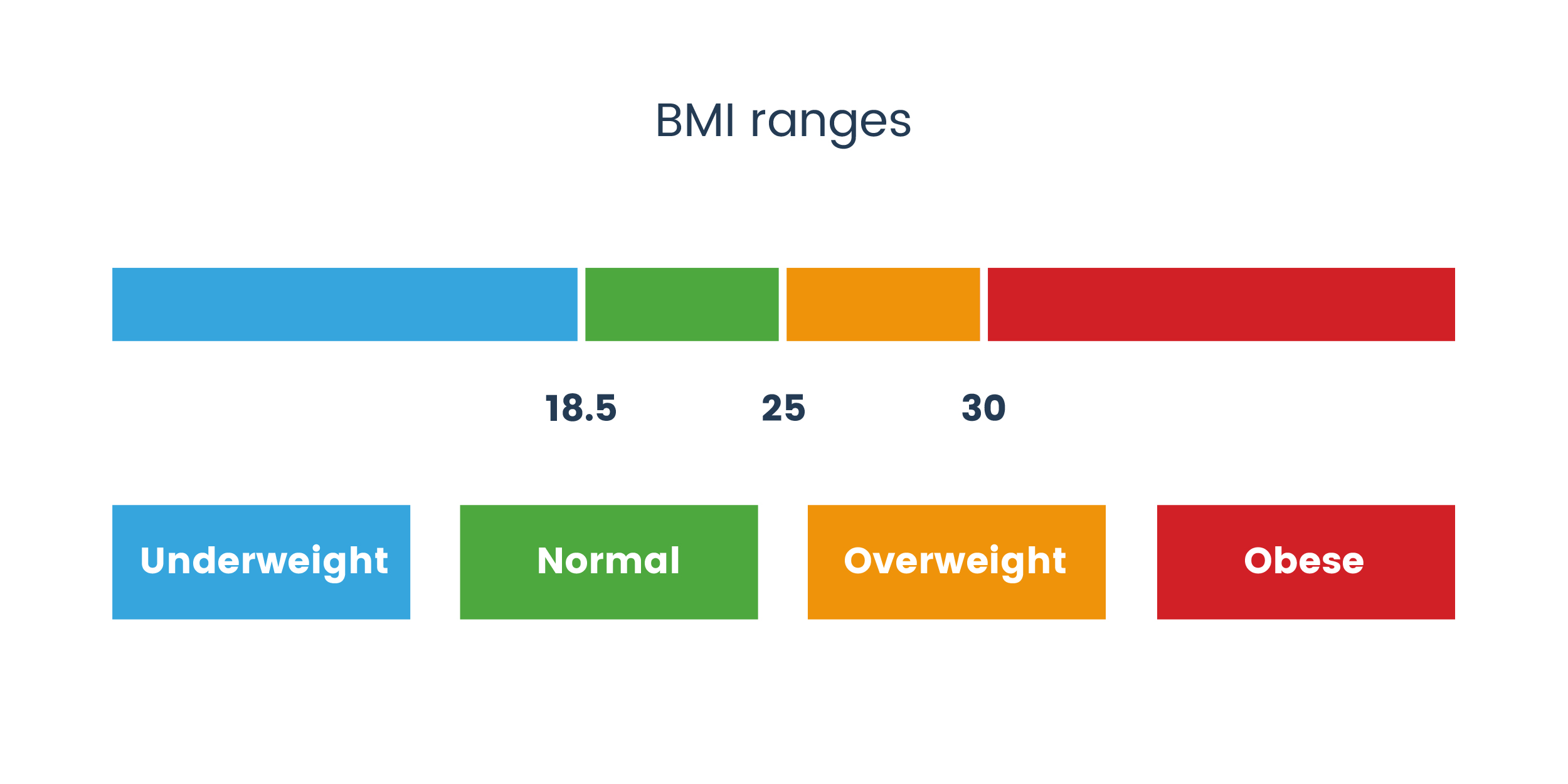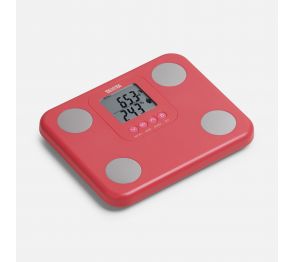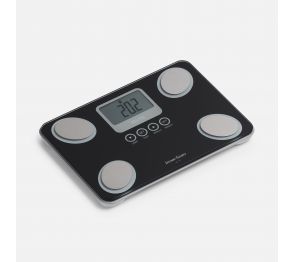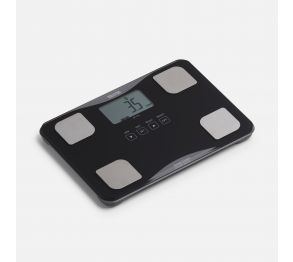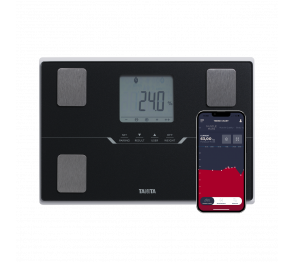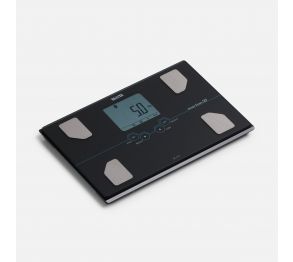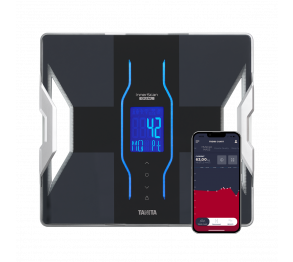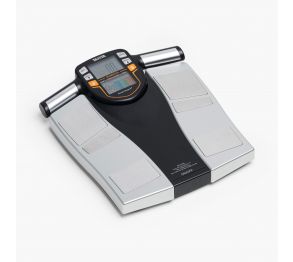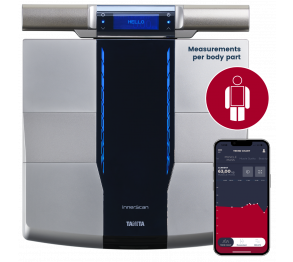Body mass index: the most well-know measurement
A very rough indication
Body Mass Index (BMI) is the most well-known measurement of the level of fat in your body. It is easy to calculate: just divide your weight by the square of your height. This provides you with a number which indicates whether you are underweight, at a normal weight, overweight or obese.
However, don’t be too quick to draw conclusions about your health based on this. BMI is not very reliable at the individual level. Read on to understand why this is the case and what you can do to get a better understanding of your fat percentage.
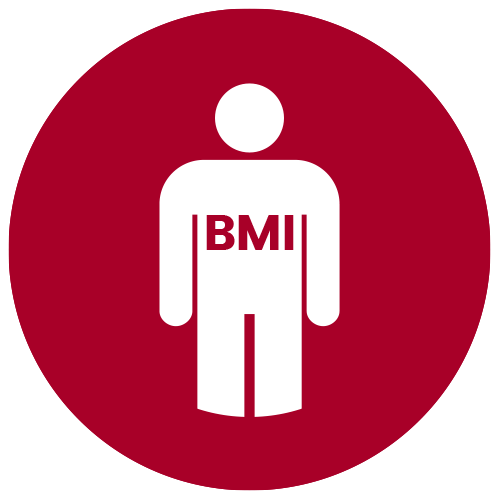

Why BMI was developed
In the 19th century, Western societies were starting to get more prosperous. For the first time, food was plentiful and obesity was on the rise. The Body Mass Index was devised to keep tabs on the increasing levels of obesity in these populations. When used like this, for large groups, it is reasonably accurate.
Originally, BMI was not meant for assessing individuals. However, it is easy to calculate and requires no measurements besides height and weight. Because it is so simple, it has been used a lot to quickly determine whether someone is at a healthy weight.
Scales what measure your body water
-
- MC-780MA P White bundle offerSpecial Price €7,633.89 €6,309.00 Regular Price €8,482.10
- MC-780MA P Grey bundle offerSpecial Price €7,633.89 €6,309.00 Regular Price €8,482.10
-
Why BMI was developed
For those who are of average height and inactive, BMI offers a reasonable indication. However, people’s body types vary a lot. For many, BMI does not accurately represent their body fat percentage. For example, tall people are often more slender in proportion to their height than shorter people. Therefore, their BMI is higher than their actual body fat percentage would warrant. Based on their BMI, they may be seen as overweight, even though they are not. On the other end of the spectrum, shorter people often have a lower BMI than they should have, based on their body fat percentage.
The Body Mass Index also does not take muscle into account. Muscle is heavier than fat. Therefore, a bodybuilder can be classified as obese, even though he has a very low fat percentage. This goes both ways. Someone who is slender and has very little muscle might think, based on BMI, that he is not overweight. However, they can still have an unhealthy amount of body fat.
Imagine you decide to start going to the gym. You might be losing fat, but not see any change to your BMI. What your BMI is not telling you, is that you are gaining muscle at the same time. Getting the impression that you are not improving can be very demotivating.
Finally, BMI does not differentiate between types of body fat. Visceral fat is more of a health issue than the fat under your skin. When assessing your health, it is valuable to be aware what percentage of your fat is visceral.
Measuring accurately
In order to assess whether you are at a healthy weight, you need better measurements. At least you’ll want to know your body fat percentage. It would also be good to know how much of your total body fat consists of visceral fat. To be thorough, your muscle mass is also important to know. And if you really want a complete picture, it would be a good idea to also measure your bone mass and body water levels.
You can measure all of these things at home using a Tanita Body Composition Monitor. It sends a small electrical current through your body (don’t worry, you won’t feel it). This allows it to measure all the things mentioned above. Based on your muscle mass and body fat percentage, it will even provide a physique rating. That will give you a clear understanding of what body type you have, much more accurately than BMI can. This allows you to track your health and see progress when you make positive changes to your lifestyle.
